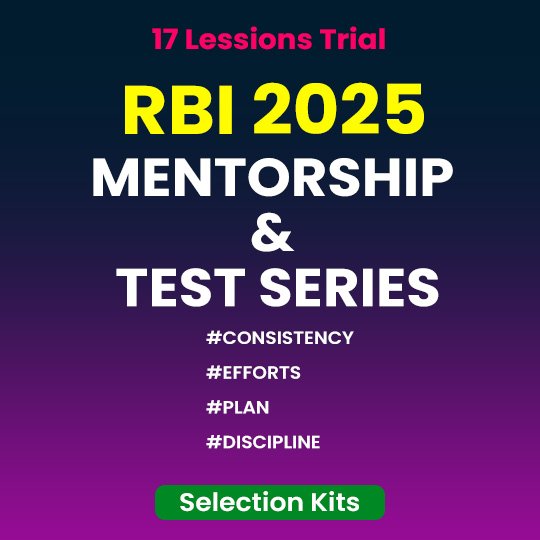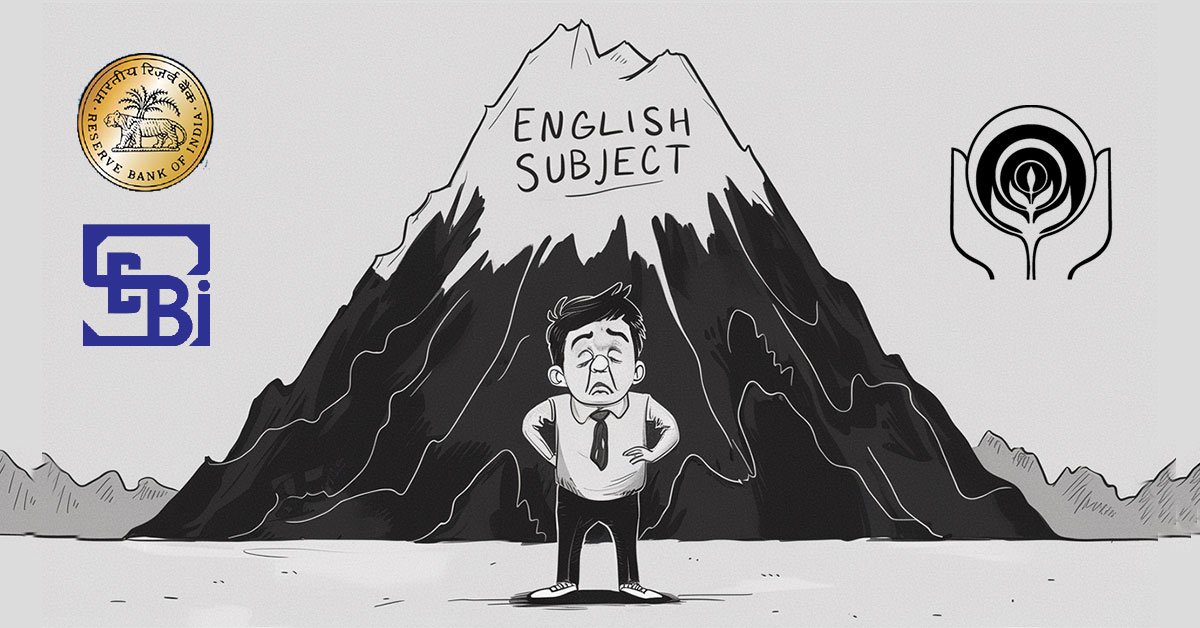Daily Current Affairs Quiz
5 July, 2025
National Affairs
1. India’s First Equine Disease-Free Compartment (EDFC) Recognised by WOAH
Context:
India has achieved a major milestone in its animal health and trade facilitation efforts with the World Organisation for Animal Health (WOAH) formally recognising the country’s first Equine Disease-Free Compartment (EDFC). This facility will now allow Indian sport horses to participate in international competitions and trade under globally accepted health and biosecurity norms.
What is an Equine Disease-Free Compartment (EDFC)?
An EDFC is a scientifically managed and biosecure zone where horses are kept free from specific equine diseases, meeting international standards set by the WOAH Terrestrial Animal Health Code.
- Location: Remount Veterinary Corps (RVC) Centre & College, Meerut Cantonment, Uttar Pradesh
- Recognised by: World Organisation for Animal Health (WOAH)
- Established under: Ministry of Fisheries, Animal Husbandry and Dairying
Key Features of the EDFC
| Aspect | Details |
|---|---|
| Disease-Free Certification | Free from Equine Influenza, Glanders, Surra, Equine Piroplasmosis, and Equine Infectious Anemia |
| African Horse Sickness | India remains free since 2014 |
| Biosecurity Measures | Standard Operating Procedures for pest control, hygiene, waste disposal, and animal health monitoring |
| 24×7 Surveillance | Continuous veterinary checks and real-time monitoring of equine health |
| Compartmentalisation | Segregates a defined sub-population of horses to maintain disease-free status |
Significance and Impact
- Trade Facilitation: Indian horses can now participate in international equestrian events and global trade, enhancing export potential.
- Boost to Sports: Opens new opportunities for Indian equestrian athletes and sport horses in global arenas.
- Veterinary Infrastructure Strengthening: Demonstrates India’s advancement in adopting science-based, globally harmonised animal health practices.
- Replicability: India is extending the compartmentalisation model to poultry sector (HPAI-free compartments) to enable safe exports of poultry products.
Why This Matters
- Reinforces India’s biosecurity framework
- Aligns with international trade and animal health protocols
- Positions India as a responsible and proactive stakeholder in global animal husbandry and veterinary governance
Banking/Finance
1. SEBI Bans Jane Street Group for Stock Manipulation
Context:
On July 4, 2025, the Securities and Exchange Board of India (SEBI) took stern enforcement action against U.S.-based hedge fund giant Jane Street Group and its affiliated entities for allegedly manipulating the Bank Nifty index and unlawfully earning ₹4,843.6 crore through a deceptive trading scheme.
Key Allegations by SEBI:
- Market Manipulation Tactics: Jane Street is accused of artificially inflating prices in the underlying cash market on weekly index expiry days to benefit its options positions.
- Use of Excessive Orders: The firm allegedly placed excessively large orders at high prices, thereby influencing index levels for strategic advantage.
- Violation of PFUTP Norms: SEBI noted that such actions may violate the Prohibition of Fraudulent and Unfair Trade Practices (PFUTP) under the SEBI Act.
SEBI’s Interim Order:
- Immediate Market Access Ban: Jane Street is barred from taking new positions or trading in Indian markets during the investigation period.
- ₹4,844 Crore Impounded: Unlawful profits accrued by Jane Street between January 2023 and March 2025 are under freeze.
- Close Surveillance Ordered: SEBI has instructed stock exchanges to monitor Jane Street’s activities for any indirect market access.
Regulatory Action Taken:
- Market Ban:
- Jane Street and its four entities are barred from accessing Indian securities markets.
- Escrow Order:
- SEBI ordered the creation of an escrow account with a scheduled commercial bank to deposit the entire sum earned through the alleged manipulation.
- Freeze on Accounts:
- Banks, depositories, and other market intermediaries were directed to not allow debits from Jane Street’s accounts without SEBI’s permission.
About Jane Street:
- Headquartered in New York, Jane Street is a major global proprietary trading firm employing over 2,600 people.
- In 2024, it earned $20.5 billion in net trading revenue, nearly double its 2023 earnings.
- It has made ₹36,502 crore in profits in India between Jan 1, 2023, and Mar 31, 2025.
2. India Ratings Maintains Negative Outlook on IndusInd Bank Despite AA+ Rating Affirmation
Context:
India Ratings and Research (Ind-Ra) has affirmed an AA+ rating on IndusInd Bank’s debt instruments while removing them from Rating Watch with Negative Implications. However, the outlook remains “Negative”, reflecting persistent concerns over the bank’s internal controls and financial reporting irregularities.
Key Reasons Behind Negative Outlook
- Accounting Irregularities
- ₹4,920 crore discrepancies in derivatives accounts reported in FY25.
- Disclosed on March 20, 2025; triggered a temporary “Rating Watch with Negative Implications.”
- Governance and Internal Control Weaknesses
- Raises red flags on internal risk management and corporate governance.
- India Ratings sees vulnerability in franchise stability despite remedial steps.
- Liquidity and Provisions
- Bank created ₹62,000 crore in liquidity by winding down its corporate book.
- Entire ₹1,325 crore contingent provision buffer was utilized in Q4FY25.
- Profitability Under Pressure
- RoA expected to fall from avg. 1.8% (FY23–24) to ~1.0% in FY25.
- Cost-to-income ratio worsened from 47.1% (FY24) to 60% (FY25).
- High Opex due to retail expansion and provisioning needs.
- Strategic Uncertainty
- Potential leadership change could recalibrate strategy on loan growth, asset mix, and liability management.
- May impact credit quality, margin profile, and long-term profitability.
3. RBI Moves to Standardize Credit Bureau Data and Improve Transparency for Borrowers
Context:
The Reserve Bank of India (RBI) has initiated a major review of credit bureau processes to address data inconsistencies, enhance information symmetry, and improve customer grievance redressal. This move follows rising concerns among lenders and borrowers about discrepancies in credit scores and inconsistent data updates by Credit Information Companies (CICs).
Key Highlights:
- Technical Working Group Formation
- RBI has constituted a working group to assess CIC and bank proposals.
- Goal: Standardize data reporting, reduce score-related disputes, and improve credit information accuracy.
- Involvement of Major Credit Bureaus
- All four CICs—TransUnion CIBIL, Equifax, Experian, CRIF High Mark—are actively engaged.
- Recommendations include:
- Unified grievance redressal portal
- Uniform Data Quality Index (DQI)
- Single-window system for data submissions
- RBI’s Broader Strategy
- Grievance Handling: Centralized, time-bound, transparent resolution system.
- Data Updates: Move to real-time or more frequent credit data submissions (from fortnightly).
- Write-offs/Inactives: Standard classification protocols.
- Identity Verification: Call for a unique borrower ID to avoid mismatches and duplicate records.
- Enforcement Under RBI Integrated Ombudsman Scheme (2021)
- CICs now fall under RBI’s Ombudsman framework.
- Borrowers can claim ₹100/day compensation if complaints are unresolved beyond 30 days.
- RBI insists on faster correction of credit reports and improved consumer protection.
Implications for Stakeholders
- Borrowers:
- Better dispute resolution and visibility of credit status.
- Uniform process to file and track complaints.
- Lenders (Banks/NBFCs):
- Enhanced credit risk profiling through cleaner data.
- Reduced loan rejection errors due to inaccurate reports.
- CICs:
- Need to upgrade systems, improve turnaround time, and maintain data quality standards.
4. MobiKwik Enters Stock Broking Arena with SEBI Nod
What’s the news?
Mobikwik’s wholly-owned subsidiary, MobiKwik Securities Broking Pvt Ltd (MSBPL), received SEBI registration on July 1, 2025, enabling it to operate as a stockbroker and clearing member—authorized for equity trades, clearing, and settlement.
Why it matters?
- Represents a strategic step in Mobikwik’s evolution from a digital payments provider to a full-stack fintech platform, enabling it to offer stock trading alongside payments, mutual funds, SIPs, digital gold, and credit services.
- Joins established competitors like Groww, Zerodha, AngelOne, Upstox, and ICICI Direct in the retail broking space.
Background
This is Mobikwik’s second major regulatory approval this quarter—earlier, its Zaakpay arm received RBI authorization as a payment aggregator in April.
What’s Next for Mobikwik?
- MSBPL will seek membership with stock and commodity exchanges.
- Plans include potential expansion into online bond trading.
- The company aims to leverage its existing 176 million users and 4.6 million merchants for broking adoption.
Agriculture
1. Status of Youth in Agrifood Systems: FAO Report
Context:
The Food and Agriculture Organization (FAO) has released its landmark report titled “Status of Youth in Agrifood Systems”, calling for urgent global action to integrate youth into agriculture and food systems. The report shows that global GDP could rise by 1.4% if NEET (Not in Employment, Education, or Training) youth, especially those aged 20–24, are productively engaged — nearly 45% of this potential lies in agrifood systems.
Key Findings
- Declining Youth Participation in Agrifood Systems
- Youth working in agrifood systems declined from 54% in 2005 to 44%.
- Despite high reliance on agriculture in low-income countries, youth engagement is falling.
- Rising Global NEET Rates
- Over 20% of global youth (15–24 years) are NEET.
- Young women are twice as likely to be NEET compared to young men.
- Economic Impact
- Eliminating NEET status could raise global GDP by $1.5 trillion.
- Agrifood systems can contribute to nearly half this growth through job creation and innovation.
- Urbanization and Labour Shortages
- 54% of youth live in urban areas.
- Rural youth participation in industrial agrifood systems is only 5%, threatening future agricultural labour availability.
- Climate Vulnerability
- 395 million rural youth reside in climate-stressed regions with declining agri-productivity.
- Rising Youth Food Insecurity
- Youth facing moderate or severe food insecurity has risen from 16.7% (2014) to 24.4% (2023), with the sharpest rise in Africa and crisis-hit areas.
FAO’s 3-Pillar Strategy to Empower Youth
Inquire More
- Bridge data gaps on youth in agrifood systems.
- Strengthen evidence for designing youth-responsive policies.
Include More
- Ensure youth representation in policymaking and governance.
- Focus on rural and urban inclusion to avoid intergenerational inequality.
Invest More
- Create Decent Jobs: Promote opportunities in both on-farm and off-farm sectors.
- Modernize Agriculture: Invest in infrastructure, digital tools, and resilient value chains.
- Improve Access: Expand access to land, credit, training, markets, and technology.
- Promote Safe Migration: Enable orderly, dignified migration pathways for youth.
2. Crop Cutting Experiments (CCEs)
Context:
Starting July 2025, the National Statistics Office (NSO) has increased the number of Crop Cutting Experiments (CCEs) conducted across India to improve the accuracy of crop yield estimates. The move is expected to bolster agricultural policy formulation, including export curbs, inflation control, and price management strategies.
Key Highlights:
Objective of the Initiative
- To enhance precision in crop yield estimation for kharif and rabi seasons of 2025–26.
- To provide data-backed insights for policy decisions such as:
- Export bans
- Stock limits
- Futures trading suspensions
What are Crop Cutting Experiments (CCEs)?
A Crop Cutting Experiment is a scientific sampling method used to estimate crop yield by harvesting and weighing a small, randomly selected portion of a crop field. This method ensures statistically reliable estimates of agricultural productivity.
Key Objectives of CCE
- Yield Estimation: Provides accurate per-hectare yield figures.
- Production Forecasting: Supports national and state-level crop output calculations.
- Policy Formulation: Informs decisions on food security, procurement, subsidies, and export-import strategies.
How CCE is Conducted
- Random Plot Selection
- Fields and plots are selected using random sampling techniques to avoid bias.
- Standardized Plot Size
- Each plot has a fixed size, typically depending on crop and region (e.g., 5m × 5m for wheat).
- Harvesting & Weighing
- The selected area is harvested manually.
- Produce is threshed, cleaned, dried, and weighed to determine yield.
- Data Compilation & Analysis
- Yields from multiple CCEs are compiled.
- Statistical methods are applied to estimate average yields at the district, state, or national level.
Why the Expansion of CCEs?
- Current methods are outdated and do not cover newer, non-traditional crops like:
- Avocado, dragon fruit, kiwi, berries, etc.
- Existing estimates cover only 25–26 major crops such as rice, maize, jowar.
- Enhanced sample size aims to:
- Improve statistical confidence levels
- Capture regional and varietal diversity
- Address data gaps in horticulture
3.
Facts To Remember
1. Nipah virus resurfaces in Kerala, two cases reported
Nipah virus has returned to Kerala, sparking fresh fear in the State. An 18-year-old girl who succumbed to acute encephalitis syndrome (AES) in Kozhikode two days ago and a 38-year-old woman from Thachanattukara in Palakkad district currently undergoing treatment at a private hospital at Perinthalmanna in Malappuram district have tested positive for the virus.
2. Russia becomes first nation to recognise Taliban regime
Russia on Thursday became the first country to formally recognise the Taliban’s government in Afghanistan since it seized power in 2021, after Moscow removed the group from its list of outlawed organisations.
3. Consistent Gukesh seals top spot in rapid section
D. Gukesh took the honours in the rapid section in the 2025 SuperUnited Rapid & Blitz Croatia in the nation’s capital on Friday, with Poland’s Jan-Krzysztof Duda finishing second.
4. Banking Frauds in India Surge to Record 23,953 Cases in FY25, But Fraud Amount Falls Sharply: RBI
According to the RBI Annual Report 2024-25, the number of banking frauds more than tripled to 23,953 cases in FY25, compared to just 7,359 in FY21. However, the total fraud amount declined by 74% to ₹36,014 crore, indicating a growing trend of low-value, high-frequency frauds—especially in digital banking and card transactions.















